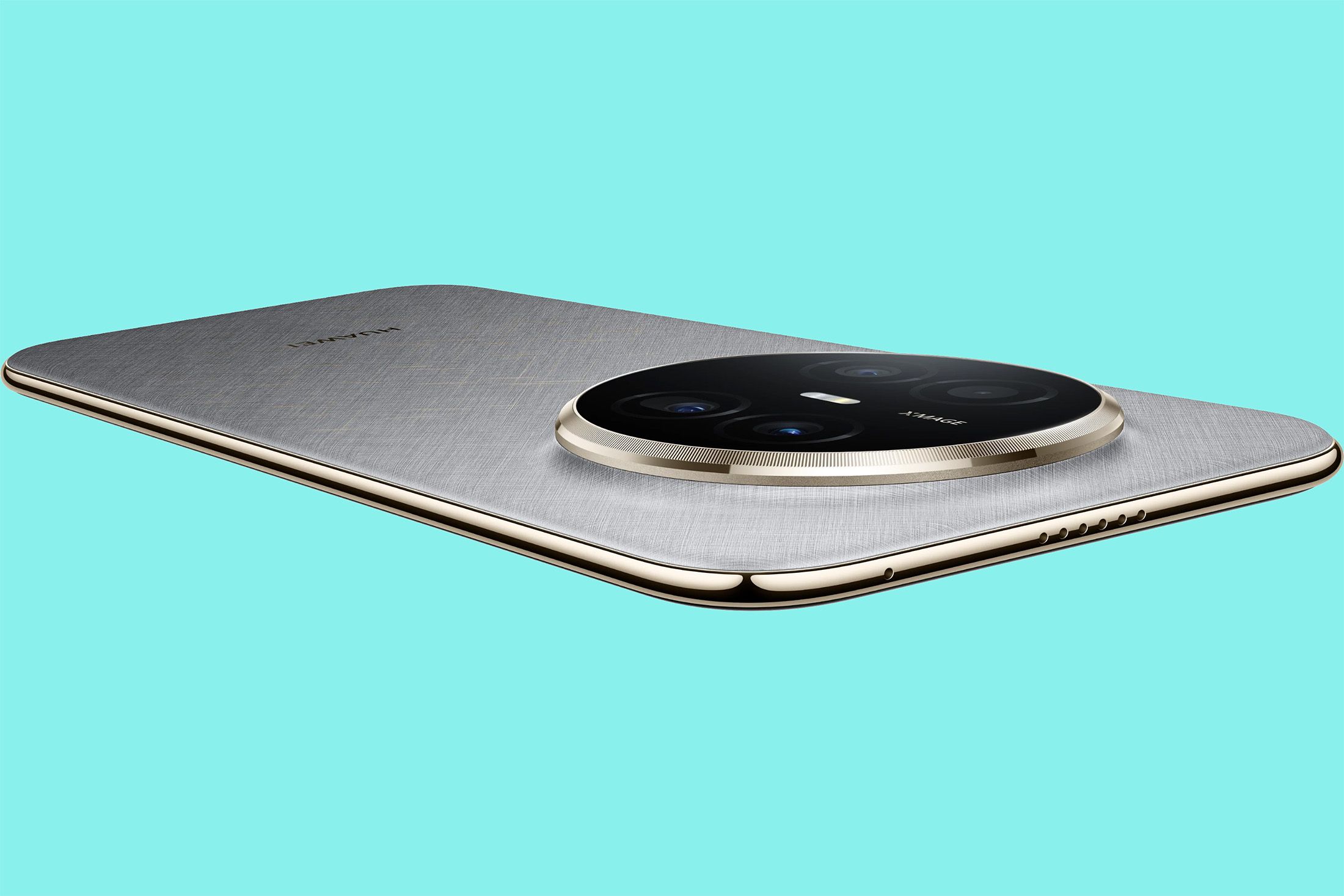Huawei just dropped the Mate 70 Air, joining this year's thin phone race with a twist that could shake up the industry. While the 6.6mm device isn't the slimmest we've seen, its massive 6,500mAh battery puts serious pressure on Apple and Samsung to rethink their battery-compromised designs. Starting at $590 in China, it's clear the thin phone wars are heating up with substance over pure aesthetics.
The thin phone trend just got a serious reality check. Huawei launched the Mate 70 Air today, and while it might not win any thickness contests at 6.6mm, it's packing a battery that makes Apple and Samsung look underpowered.
That 6,500mAh capacity is genuinely impressive for a thin phone. To put it in perspective, it's larger than the 4,800mAh battery in Motorola's Edge 70 that just hit reviewers' desks. The math is simple: Huawei found room for 35% more battery while keeping the phone sleek enough to compete.
The naming game tells its own story here. This marks the third "Air" phone of 2025, following Apple's iPhone Air and ZTE's Nubia Air. Meanwhile, we've only seen two "Edge" phones from the Samsung camp. Apple's influence on smartphone branding remains as strong as ever, even when the company isn't leading on specs.
Huawei's official specs reveal some interesting engineering choices. The phone achieves that big battery partly through its unusually large 7-inch screen - it's still a big device overall. But the real oddity is the dual-processor setup: buyers get the Kirin 9020B chip with 12GB RAM, or can upgrade to the faster Kirin 9020A with 16GB RAM. Both are downclocked versions of Huawei's flagship Kirin 9020, suggesting the company prioritized battery efficiency over raw performance.
The camera system doesn't compromise on thinness either. Huawei managed to fit a triple rear setup including a 12-megapixel telephoto lens - typically one of the first features to get cut when phones go ultra-slim. That's a direct challenge to other manufacturers who've struggled with camera bumps on thin designs.
Samsung's Galaxy Edge attempts and Apple's rumored thin iPhone designs now face a crucial question: can they match Huawei's battery capacity without sacrificing their own thinness goals? Early reviews of existing thin phones consistently cite battery life as the biggest compromise.




